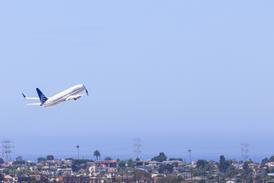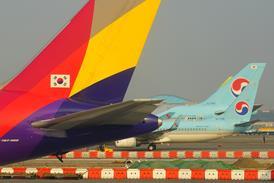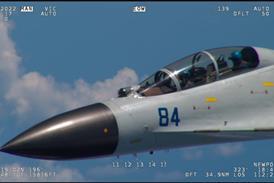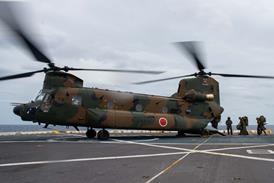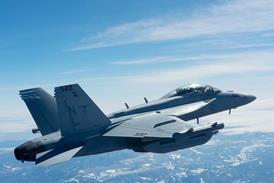UK air navigation service NATS has implemented a new arrival separation technique for London Heathrow aimed at squeezing out additional capacity while complying with wake-vortex requirements.
The technique introduces a new method of deriving minimum separation between arriving aircraft pairs, refining the calculation by taking into account specific characteristics of the aircraft models rather than relying on broad wake categories.
NATS says the technique – known as Pairwise – has been implemented at its Swanwick area control centre which handles traffic in the southern UK.
Pairwise enables separation to be tailored in a “far more granular way”, it states, and allows controllers to reduce unnecessary distance between certain aircraft types.

“While the overall number of flights at Heathrow is capped, being able to land more aircraft per hour will provide valuable additional tactical capacity,” says NATS.
This will assist with reducing delays and provide greater resilience during disruption.
Initial indications suggest that Pairwise will cut the time that arriving aircraft spend in holding patterns, saving fuel and lowering carbon emissions.
“Passengers will benefit from an optimised landing process ensuring that aircraft are holding for as limited a time as possible,” says London Heathrow head of airport operations Kelly Stone.
The technique has been developed as part of NATS’ wider strategic Intelligent Approach tool, initially introduced at Heathrow decade ago, the technology for which is provided by specialist Leidos.
Elements of Intelligent Approach have been deployed at airports including Toronto Pearson and Amsterdam Schiphol.
“Introduction of Pairwise as part of Intelligent Approach is another world-first,” says NATS director for airspace and future operations Chris Norsworthy.
“Delivering additional operational resilience for Heathrow will make a real positive difference to airline punctuality, helping to improve the passenger experience and reduce carbon emissions.”


